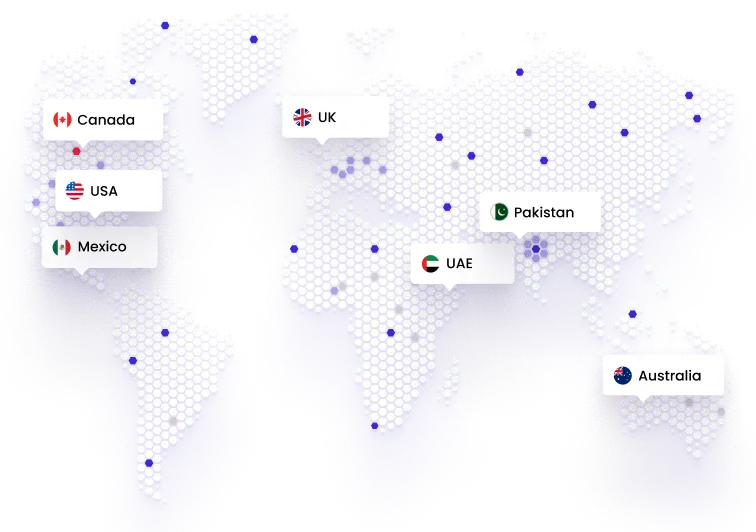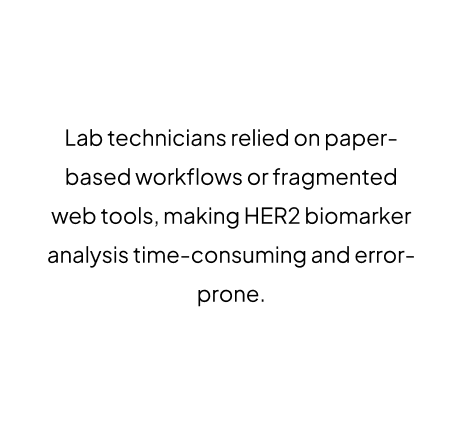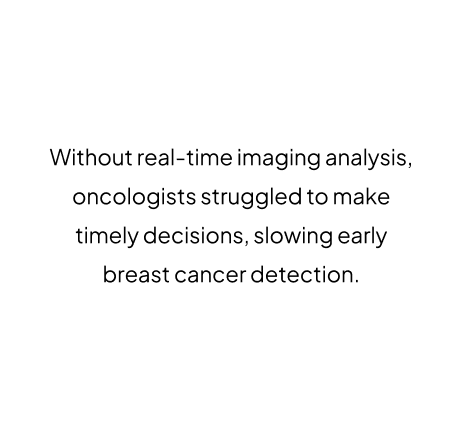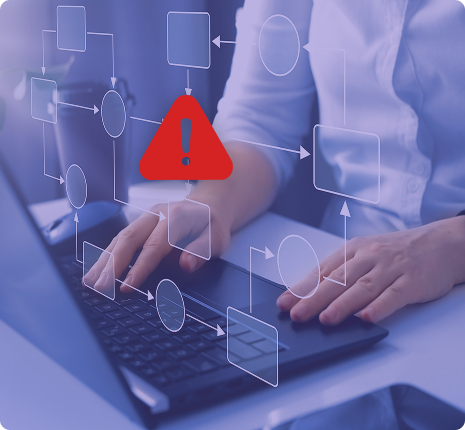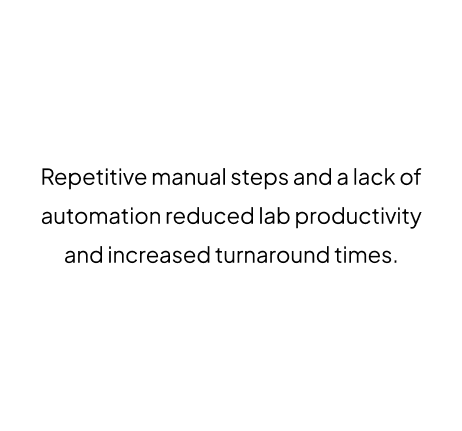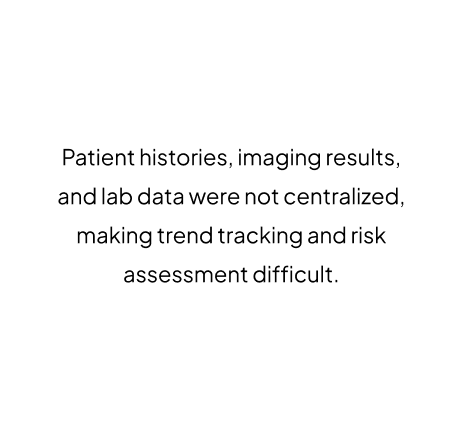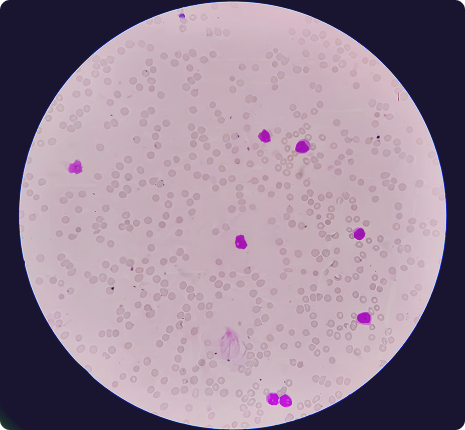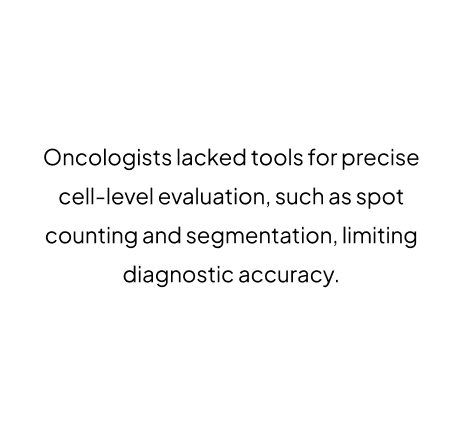AI Breast Cancer Detection and Diagnostics System
AI-powered medical imaging software that transforms breast cancer diagnostics by enabling early and precise detection of the HER2 biomarker. Utilizing automation to accelerate diagnosis, the software enhances lab efficiency, provides real-time imaging insights, and enables oncologists to make timely, informed decisions.
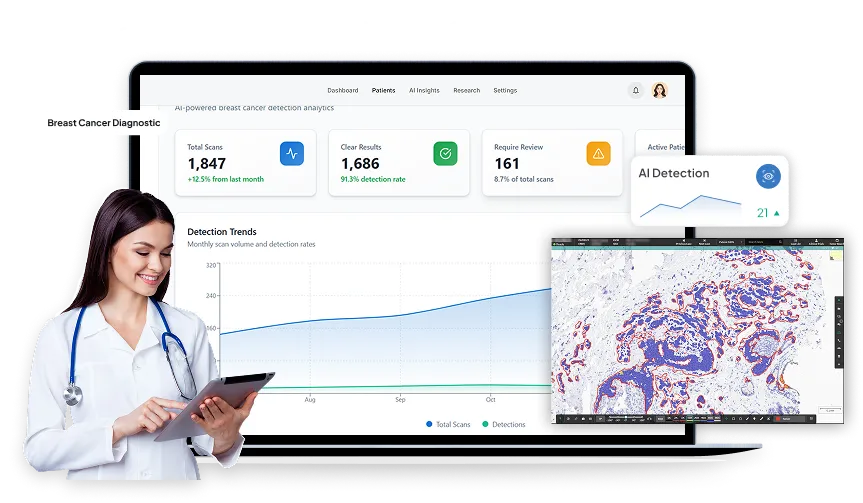
Client/Industry
Health tech company advancing breast cancer diagnostics with HER2 detection and real-time imaging insights for oncologists.
Enhancements
- HER2 biomarker detection
- Early breast cancer diagnosis
- Automated lab alerts
- Real-time imaging analysis
- Patient data integration
- Digital image storage
Services Delivered
- AI-powered imaging analysis
- Real-time diagnostic insights
- Automated workflow alerts
- Cell-level quantification
The Tech Stack
- Scikit-image
- Matlab+Java
Project Overview:
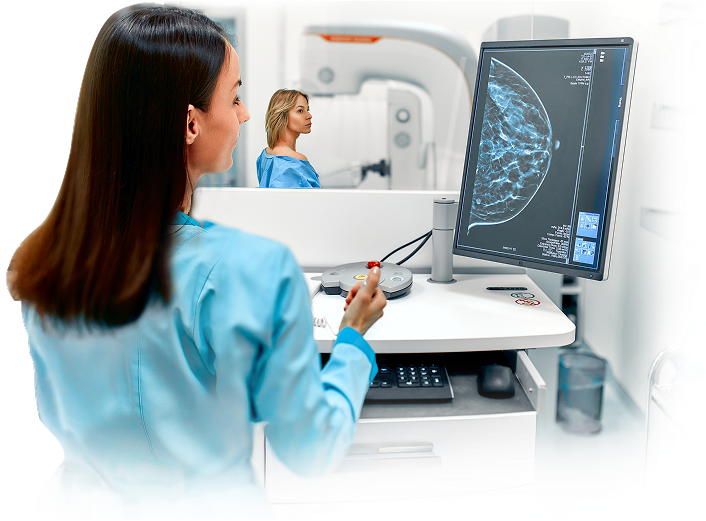
In 2025, approximately 316,950 women in the U.S. are projected to be diagnosed with invasive breast cancer. Despite this high incidence, many laboratories continue to rely on traditional workflows for HER2 biomarker detection, lacking digital intelligence for accurate analysis. They are inefficient and prone to error, making it challenging for oncologists to track results and make informed decisions.
Folio3 Digital Health has developed an AI breast cancer detection system that enables oncologists and researchers to perform evaluations across various platforms. The system automates HER2 analysis, supports early breast cancer detection, and enables real-time imaging insights. By integrating patient data and trend visualization, it helps oncologists make faster, more accurate treatment decisions. This solution also lays the foundation for future AI applications to further enhance diagnostic precision and improve patient outcomes.
Challenges Faced
Solutions
AI-Powered HER2 Detection
- We replaced traditional, manual lab workflows with an AI-powered HER2 biomarker detection solution. This digital-first approach reduces manual effort, improves accuracy, and accelerates early breast cancer detection, making it easier for lab technicians and oncologists to analyze results efficiently.
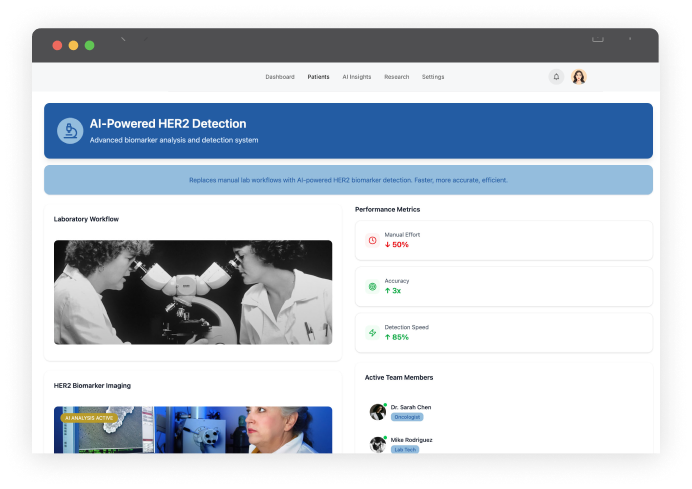

Real-Time Imaging Insights
- The solution features advanced medical imaging software tools such as contrast enhancement and noise reduction, enabling labs to reveal subtle cellular details. Real-time analysis delivers structured insights, improving oncologists’ ability to make timely and accurate decisions related to HER2 identification and breast cancer diagnostics.
Automated Workflow Assistance
- Lab technicians receive automated alerts and streamlined processing instructions in AI breast cancer detection software. This boosts efficiency, ensures consistent analysis, and minimizes human error, addressing major gaps in workflow efficiency and data accuracy.
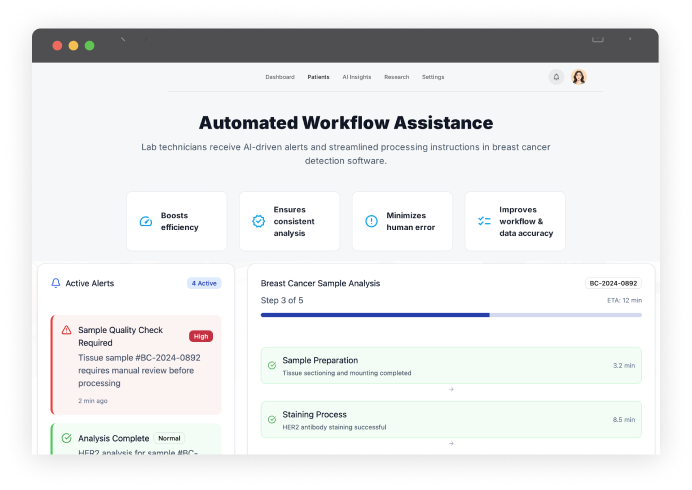
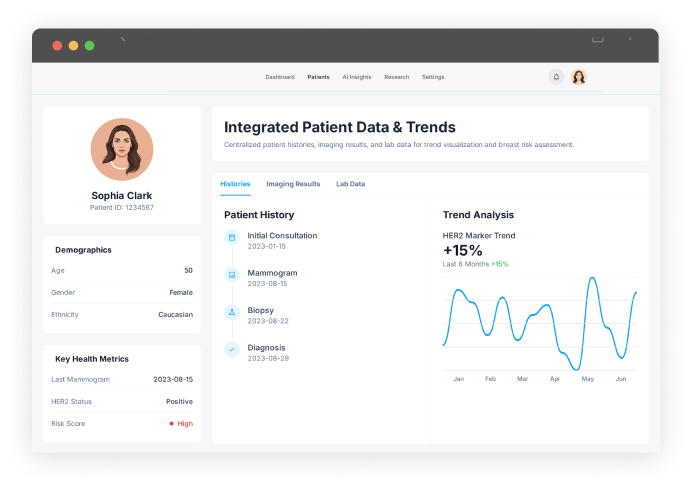
Integrated Patient Data & Trends
- Patient histories, imaging results, and lab data are centralized, allowing trend visualization and breast risk assessment. Oncologists and healthcare staff can track progression over time, enabling more personalized and effective care while digitizing results for research and future AI applications.
Advanced Cell Analysis
- The system leverages image binarization, spot counting, and cell segmentation to provide objective, quantifiable data on cell patterns and cytokine signatures. This detailed analysis enhances the precision of AI breast cancer detection and supports informed treatment planning.
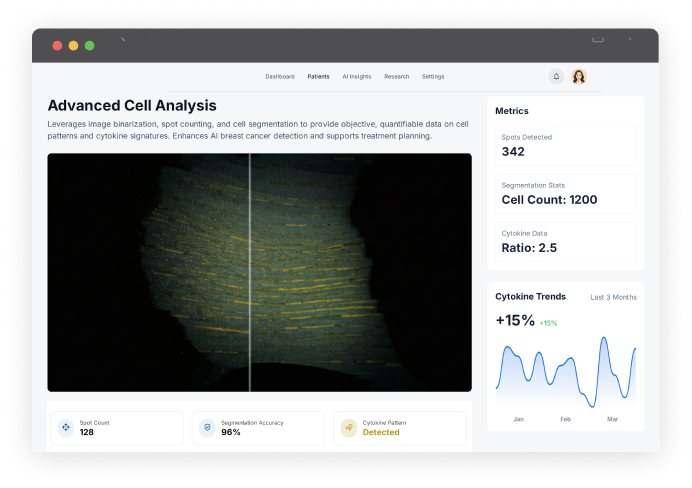
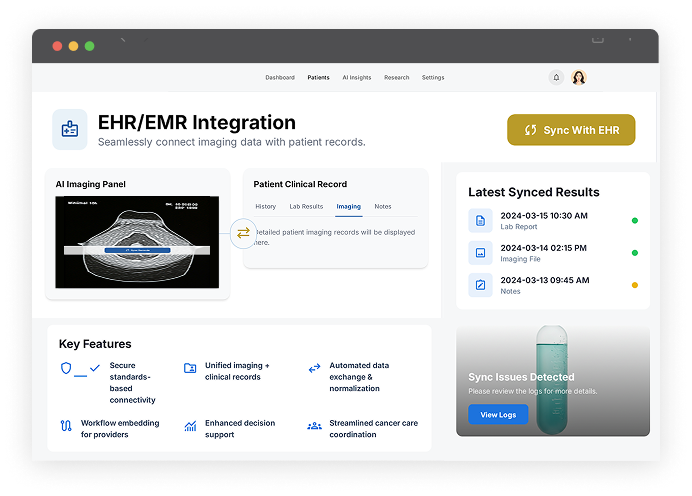
EHR/EMR Integration
- The system enables secure, standards-based connectivity to unify imaging insights with clinical records. By automating data exchange, normalization, and workflow embedding, it ensures results appear directly in provider systems, enhancing decision support and streamlining cancer care coordination.
Impacts
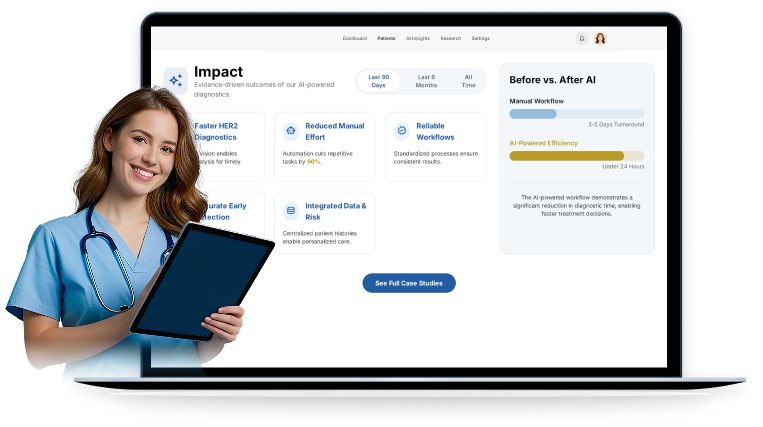
-
Faster HER2 Diagnostics
Computer vision imaging enables quicker analysis for timely breast cancer detection. -
Reduced Manual Effort
Automation reduces repetitive tasks by 50%, allowing radiologists to focus on critical decisions. -
Reliable Workflows
Standardized processes ensure consistent and accurate HER2 identification. -
3x More Accurate Early Detections
Objective cell-level analysis supports faster recognition of early-stage cancer. -
Integrated Data & Risk Assessment
Centralized patient histories and trends enable personalized breast risk assessment.
Explore AI and Automation Tools to Speed Up Your Healthcare Workflows
Our Tech Stack

Scikit-image

Matlab

Java
Get in Touch
